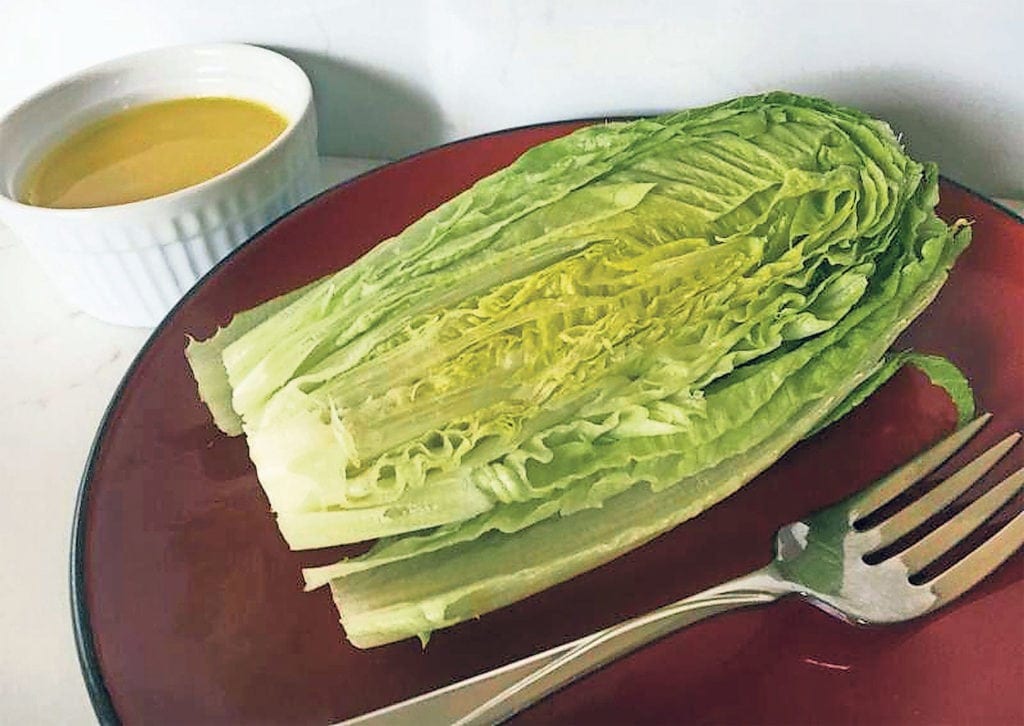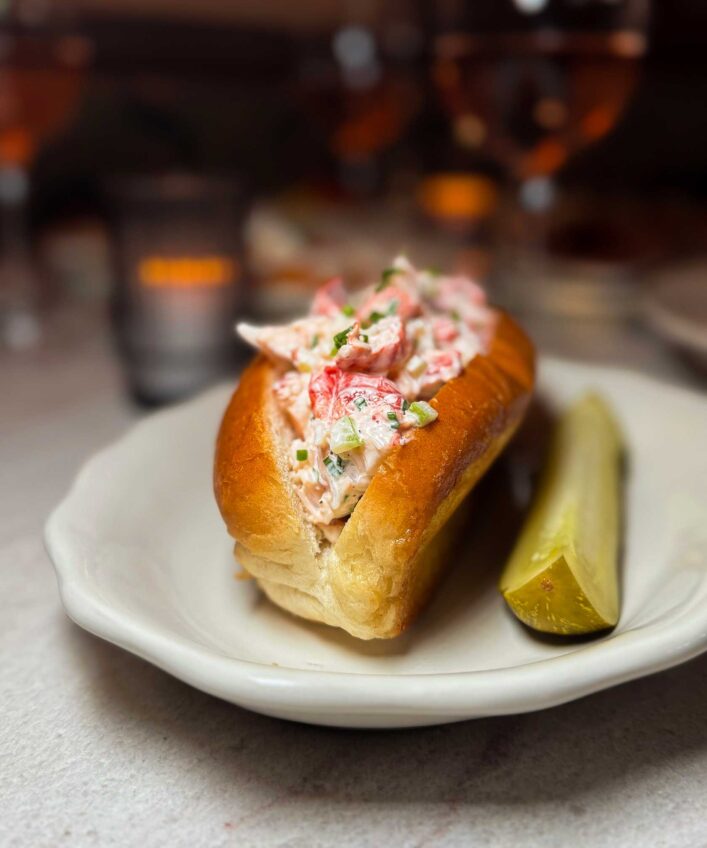
The market for fresh greens is being disrupted by a small, colorful assortment of European dwarf lettuce heads that are small in stature when fully mature. What they lack in size they make up in texture, flavor and remarkably dense foliage — along the lines of what you might expect from radicchio or even cabbage. These miniature lettuce heads are sometimes erroneously labeled as “baby” lettuce — the fact that one variety is named Bambi probably doesn’t help clear this up, and that’s probably intentional.
Mini lettuce has been on my radar for about 10 years, since I visited a Bambi farm in Kona, Hawaii. Since then I’ve watched the popularity and availability of these delicious plants take off. Family farmers have been bringing them to market and selling them to high-end chefs. Johnny’s Seeds, one of the more popular seed suppliers to small and mid-sized veggie farms, sells 10 mini lettuce varieties, including Mini Romaine and Mini Bibb.
Safety concerns
Despite being so amazing, mini lettuce can be difficult to find. Surprisingly, one of the more reliable places is a box store like Walmart or Costco, both of which carry “artisan” lettuce produced by California-based grower Tanimura and Antle (T&A).
According to taproduce.com, the original mini romaine seeds came from Europe, and growers with the company have been saving their seeds ever since. Last year T&A launched an offshoot, 3 Star Lettuce, a seed company that specializes in marketing mini lettuce seed to other growers.
Multiple varieties of mini lettuce are grown in alternating rows in the same fields, producing the spectacle of long green and red stripes across the landscape. The crop is processed and boxed in the fields, sometimes with multiple varieties packed in the same box. Field-packing saves the lettuce a potentially hazardous detour through a processing facility.
The fact that they are sold whole, rather than cut, is important from a food safety perspective as well. When food is cut, microscopic particles that had been on the outside of food can be introduced inside.
For this reason, some food safety experts will go as far as to request their water without a lemon slice when dining out. Inside the lemon peel it had been sterile and safe, but the knife may contain pathogens, as could the hand that holds both lemon and knife.
The recent outbreak of E. coli linked to chopped romaine lettuce hammers this point home, and makes field-packed mini heads all the more attractive. The contamination is thought to have occurred in a packing facility in Yuma, Arizona, that handles lettuce from many different fields. Such places introduce myriad variables and opportunities for E. coli to flourish; the chopping step quickly spreads the problem.
While cutting food introduces the possibility of contamination, it also exposes the cut ends to oxygen, which begins a downward slope of deterioration known as oxidation. Rust, fire, even rotting are all examples of oxidation in other contexts. In the case of lettuce it can mean discoloration, loss of water content (aka crispness) and changes in flavor.
How to consume it
My local Costco has bags of T&A Artisan Organic Romaine, five heads to a bag, seven bags in a box. I plucked apart a nice looking specimen and found 42 leaves inside, some as small as my thumb.
Sliced in halves or quarters, the dense, crinkly interior leaves are sponges for dressing. Left to my own devices, I do little more than dip wedges in a cup of dressing — I like olive oil (two parts), balsamic and cider vinegar (adding up to one part) and soy sauce (one part).
The size, shape and general beauty of mini lettuce also present the opportunity to serve mini lettuce in whimsical, striking ways. Load them like boats, with aioli and cubes of mortadella like my friend Mirella does, or drizzle wedges with your favorite Caesar dressing. Some people grill their mini lettuce; others just chop it up and toss themselves a salad.






